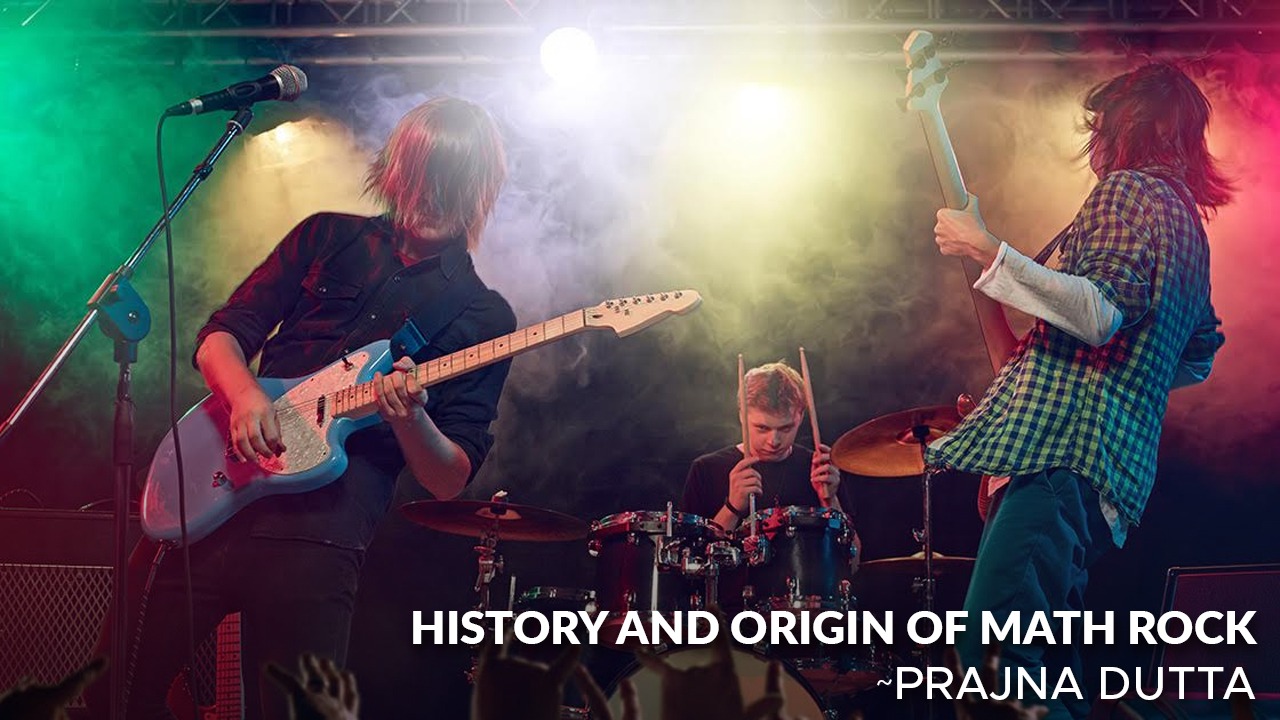Introduction:
Math rock, a unique and captivating subgenre of alternative rock, has gained a devoted following over the years. Renowned for its intricate rhythms, asymmetrical time signatures, complex structures, and technical prowess, math rock stands as a testament to the ever-evolving nature of music. In this article, we embark on a historical exploration to unravel the origins and development of math rock, tracing its roots and acknowledging influential artists who have shaped this distinctive genre.
1. The Early Stages:
Math rock's origins can be traced back to the late 1980s and early 1990s when several bands began experimenting with unconventional time signatures, complex melodies, and unconventional song structures. These early pioneers laid the foundation upon which math rock would later thrive. Bands like Slint, Don Caballero, and Shellac introduced a fresh approach to rhythm and structure, incorporating elements of post-rock, noise rock, and punk into their compositions.
2. Midwest Math Rock Scene:
The Midwest region of the United States played a significant role in the development of math rock. In the early 1990s, bands such as Bastro, Rodan, and June of 44 emerged from this area, creating music that blended intricate guitar work, complex rhythms, and unconventional song structures. These bands, alongside the previously mentioned groups, played a crucial role in defining the sound and aesthetic of math rock.
3. Influential Math Rock Bands:
Several influential bands have left an indelible mark on the math rock genre. The band Don Caballero, with their groundbreaking albums like "For Respect" and "What Burns Never Returns," showcased complex and mesmerizing instrumental compositions. Slint's seminal album "Spiderland" is often credited as a landmark release, fusing math rock with elements of post-rock and alternative rock.
Other notable bands include Tortoise, Battles, Hella, The Dismemberment Plan, and Tera Melos, each contributing their unique signature to the genre. These artists experimented with odd time signatures, intricate guitar tapping techniques, and unconventional song structures, pushing the boundaries of what was considered traditional rock music.
4. Math Rock's Global Reach:
As the 2000s progressed, math rock gained recognition beyond its Midwest roots and began to reach a broader audience. Bands from various countries, including Japan's Toe, tricot, and LITE, as well as the UK's Foals and You Slut!, incorporated math rock elements into their music, adding their own cultural influences and expanding the genre's sonic palette.
5. Modern Innovations and Contemporary Math Rock:
In recent years, math rock has continued to evolve and diversify. Artists such as CHON, Covet, and Elephant Gym have emerged, infusing math rock with elements of jazz, progressive rock, and post-rock. These bands have garnered significant attention, attracting new fans and expanding the genre's boundaries even further.
Conclusion:
Math rock, born from the spirit of experimentation and a desire to challenge conventional musical norms, has carved its place within the alternative rock landscape. From the early pioneers to the modern innovators, the genre continues to captivate listeners with its intricate rhythms, complex melodies, and technical brilliance. As math rock evolves and embraces new influences, its future promises an exciting sonic journey for both musicians and fans alike.

Comments